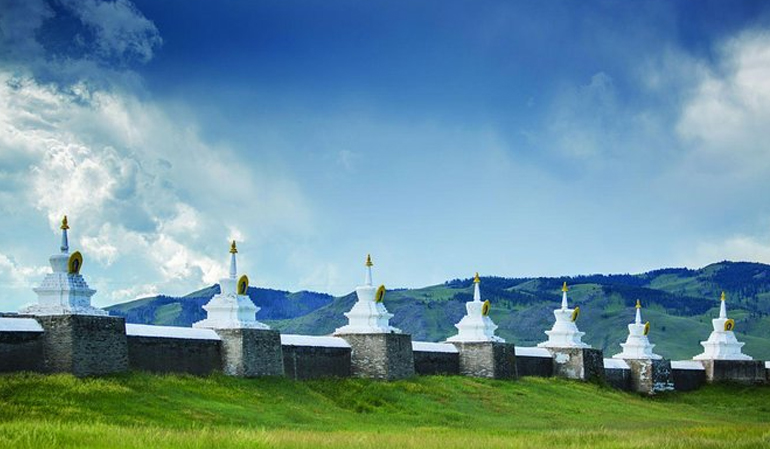Kharkhorin

Kharkhorin
In the mid-13th century, Kharkhorin thrived as a bustling hub of activity. It was here that Chinggis khaan established a vital supply base, laying the groundwork for his ambitious plans. Under the reign direction of his son Ogedei Khaan, Kharhorin evolved into a proper capital city, drawing traders, dignitaries, and skilled artisans from far and wide, spanning Asia to Europe. As the heart of the largest contiguous empire in history, Kharkhorin played a crucial role in the political, economic, and cultural life of the Mongols.
The Golden Era endured for approximately four decades until Khublai Khaan, in a controversial move, shifted the capital to Khanbalik, which later became known as Beijing. This decision stirred lingering resentment among some Mongolians, marking the beginning of Kharkhorin`s decline. With the subsequent collapse of the Mongol Empire, Kharkhorin was left deserted, it`s once thriving streets silent.
Kharkhorin is located in the Orkhon Valley, a UNESCO World Heritage site. The valley is recognized for its historical and cultural importance, being home to numerous archaeological sites and ancient monuments that date back over two millennia.
The Orkhon Valley features stunning landscapes with rolling hills, rivers, and lush pastures.

